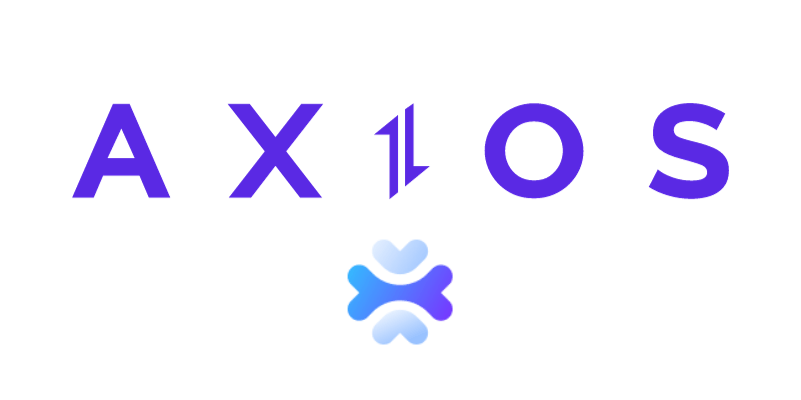Table of Contents
- Axios에 대해서
- Vuejs Axios
- A guide to axios, with examples - Accreditly
- How to make Axios API GET Request with Body and Headers
- Axios' News Shapers: America's Road Ahead
- What is Axios and how to use it for HTTP request - Nucleio Information ...
- The Ultimate Axios Guide For Beginners In 2021
- Axios란? / Axios 사용 및 서버 통신 해보기!
- 15 Interesting Javascript and Css Libraries for February
- A Beginner Introduction to Using Axios for Requests | by Emmanuel ...



What is Axios?



Key Features of Axios



Benefits of Using Axios
So, why should you use Axios in your JavaScript applications? Here are some of the benefits of using Axios: Simplified HTTP requests: Axios simplifies the process of making HTTP requests, making it easier to interact with web servers and APIs. Improved code readability: Axios's promise-based API and simple syntax make it easy to write clean and readable code. Robust error handling: Axios provides a robust way to handle errors and exceptions, making it easier to debug and troubleshoot your applications. Improved performance: Axios's support for HTTP/2 and cancel requests can improve the performance of your applications.
Getting Started with Axios
Getting started with Axios is easy. Here are the steps to follow: 1. Install Axios: You can install Axios using npm or yarn by running the command `npm install axios` or `yarn add axios`. 2. Import Axios: Import Axios into your JavaScript file using the `import` statement. 3. Make a request: Use the Axios API to make an HTTP request, such as `axios.get('https://api.example.com/data')`. Axios is a powerful and popular JavaScript library that simplifies the process of making HTTP requests and interacting with web servers. Its promise-based API, simple syntax, and robust error handling make it a popular choice among developers. Whether you're building a web application, mobile application, or server-side application, Axios is a great choice for handling HTTP requests. So, why not give Axios a try today and see how it can improve your development workflow?This article is optimized for the following keywords: Axios, JavaScript library, HTTP requests, promise-based API, error handling.